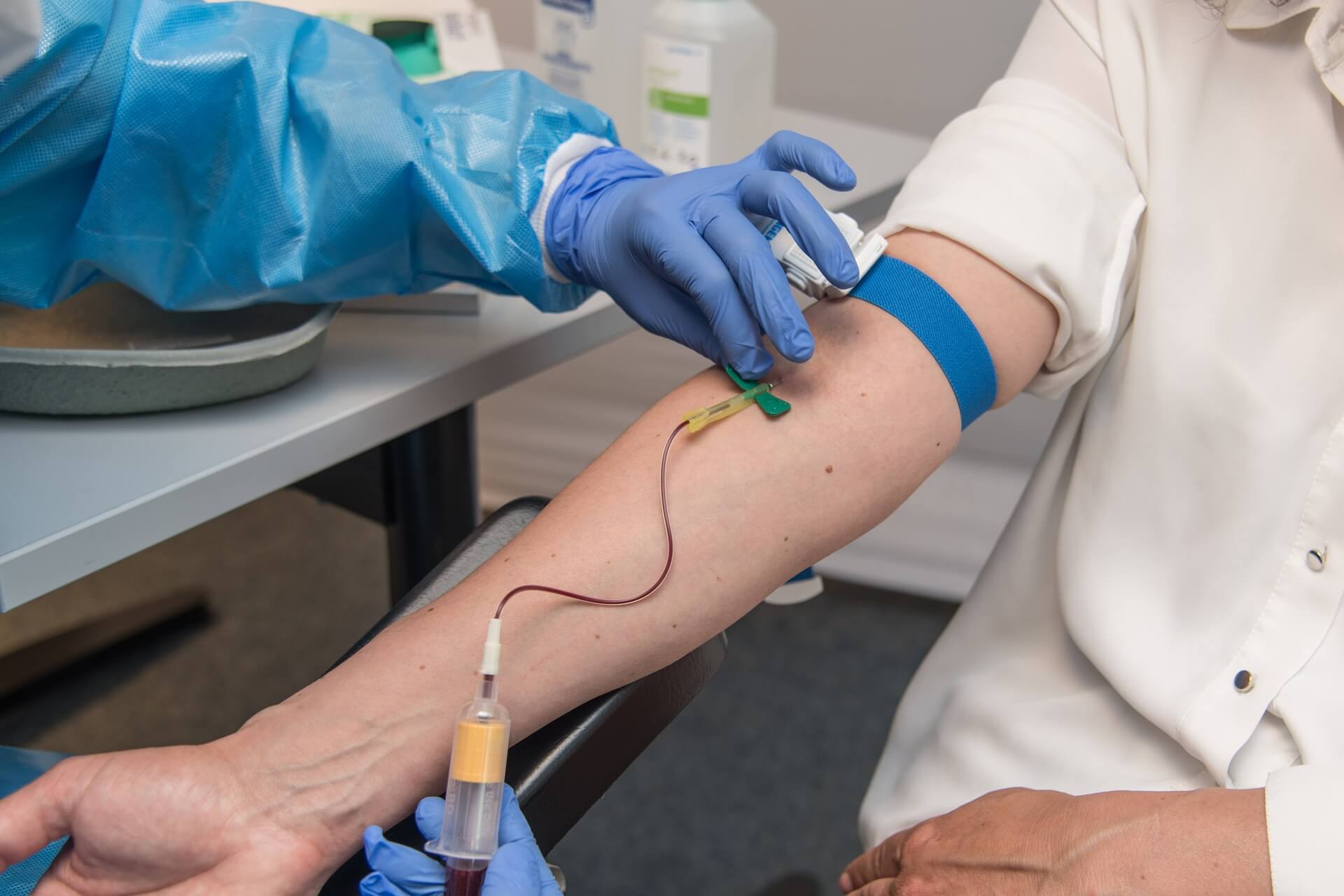Cervical cancer and smear tests
What is Cervical Cancer?
Cervical cancer is caused by a virus and starts in the cells in the cervix. The cervix is the part of the body that joins the top of the vagina to the lower part of the womb. It is inside you and you can’t see it.
Cells are the small parts that make up your body and your body makes new ones when old ones need to be replaced. If cells change and grow in an uncontrolled way they can form a lump, which is sometimes called a tumour.
Some young women can have what is called the HPV vaccine. This is a vaccination that protects them against the virus that can cause cervical cancer. The HPV vaccine is only available to young women because most women have already been exposed to the virus. This is a fairly new vaccine so many women haven’t had the opportunity to have it.
What are the symptoms of cervical cancer?
Sometimes the symptoms of cervical cancer might not be obvious and some women don’t have any symptoms at all. This is why going for your smear test is important.
The most common symptoms of cervical cancer include:
- Vaginal bleeding that is unusual for you, including after the menopause, after sex, or between regular periods.
- Changes to vaginal discharge.
- Pain or discomfort during sex.
- Unexplained pain in your lower back or between your hip bones (pelvis).
It is important to remember that these symptoms can also happen for different reasons, but it is important to contact your GP straight away to be safe.
Smear tests
Smear tests (also called cervical screenings) look for a virus in the cervix. For a very small number of women the virus can be serious and cause cervical cancer. It is a very serious illness that you can die from.
Your GP will invite you to have regular smear tests and how often you have them depends on your age and any risk factors you might have.
At a smear test you will be asked to lie on your back with your knees up and legs apart. The healthcare professional will then use a piece of equipment to gently open your cervix. This is called a speculum and it can feel uncomfortable but it should not hurt.
Then they will then take a sample of the cells from your cervix. This can feel like a gentle scraping sensation and it shouldn’t hurt.
If you feel pain throughout any of these make sure you tell the person doing the smear test.
You should get the results in two weeks of having the test and if they are concerned about anything they will let you know.
Tests for cervical cancer
There are different types of tests for cervical cancer and if your doctor is concerned they may ask you to go to one or more of these tests.
These tests can be used to find out if you have it, what type you have, how serious it is and if you need treatment.
The test results will help your healthcare team understand what type of treatment and support you need.
Colposcopy
At a colposcopy they will look at the surface of your cervix with a special type of microscope so they can see if the cells look healthy. They might also take a small sample of cells and tissue (called a biopsy) to be looked at under a microscope.
Biopsy
A biopsy is where they take a small sample of cells and tissue from your cervix.
There are different types of biopsy and you can ask the health professional to explain what sort you will be getting and what will happen.
Scans
Scans let your healthcare team see the size and shape of the cervical cancer, as well as whether it has spread. There are different types of scans…
MRI scan
An MRI scan shows very detailed images of what is going on inside the body.
You will lie on a table, which will be moved slowly into the scanner, which is like being in a large tube. You won’t feel anything, but the scanner can be quite noisy. You will be given headphones with music playing to help distract you.
An MRI scan can take up to an hour. You will be asked not to move if possible, because this can make the images less clear.
CT scan
A CT scan is similar to an x-ray, but the images that appear on the screen are more detailed and in 3D.
You will lay on a table to have the scan. Some people describe the scanner as looking like a ‘doughnut’ or a ‘ring-shape’. The part of your body being scanned will be inside the ‘hole’ of the scanner.
PET/CT scan
This is a combination of a PET scan and a CT scan. A PET scan is a type of scan that makes detailed 3D images of the inside of the body. A PET/CT scan can be used to see if the cervical cancer has spread to different parts of the body, including the lymph nodes.
Chest x-ray
An x-ray gives an image of the inside of your body. A chest x-ray is done to make sure there is no cancer in your lungs. The risk of this happening is low, but it’s important that your healthcare team checks, so they can make sure you get the right treatment.
Pelvic examination
A pelvic examination will be similar to when you had a smear test. They will:
- Press on your stomach to feel for anything unusual.
- Look at the outside of your vagina for any changes, such as redness or swelling.
- Feel the inside of your vagina to check whether your womb or ovaries are tender or swollen.
- Look at your cervix for any changes by using a speculum to gently open your vagina – they may also take a sample of cells from your cervix.
Your healthcare professional should explain each step before they do it, to make sure you are comfortable and consent to the examination. If you are uncomfortable or want to stop at any time, tell them.
Blood tests
Blood tests are used to check on your general health and your blood cell counts, including white and red blood cells.
Visit this page on our website to find out about blood tests.
Hysteroscopy
Hysteroscopy is pronounced his-ter-oss-co-pee. It looks inside your womb using a type of narrow telescope with a light and camera at the end. Your healthcare professional will be able to see inside your womb on a screen.
Treatment
There are different treatments for cervical cancer, including surgery, radiotherapy and chemotherapy. The treatment that is best for you will depend on the cervical cancer.
Surgery involves cutting out the cancerous cells. These are the dangerous cells.
Radiotherapy and chemotherapy are used to destroy the cancerous cells.
Both of these can be uncomfortable and painful. If you need treatment for cancer it is important that your healthcare team explains everything to you.
More advice and resources
For more advice and resources about cervical cancer and smear tests, visit jostrust.org.uk
Jo’s Trust are a charity dedicated to providing information and support to women.
For more information about cervical cancer visit cancerresearchuk.org.uk
Cancer Research UK are a charity dedicated to finding out more about cancer and how to prevent and treat it.










